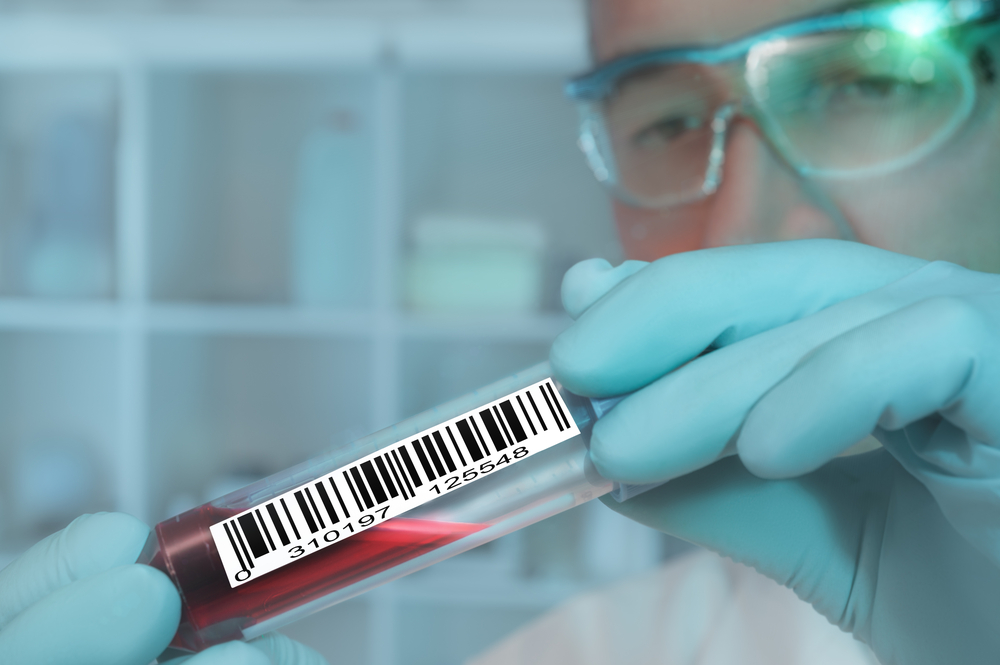Stem Cells May Benefit Duchenne Muscular Dystrophy Patients With Anemia

Stem cell therapy may be an interesting approach to treat Duchenne muscular dystrophy patients who also have Diamond-Blackfan anemia. A research team from the Department of Haematology & Bone Marrow Transplantation at Army Hospital in India conducted a single-patient study to see if allogeneic hematopoietic stem cell transplantation could work in a nine-year-old boy with Diamond-Blackfan anemia suffering from Duchenne muscular dystrophy. They found that the patients’ anemia was cured, and there may have been possible benefits for the boy’s Duchenne muscular dystrophy as a result of stem cell transplantation.
“Our patient’s Diamond-Blackfan anemia was cured by allogeneic hematopoietic stem cell transplantation,” stated Dr. Velu Nair, lead author on the case study published in Journal of Medical Case Reports, entitled, “Successful Bone Marrow Transplantation in a Patient with Diamond-Blackfan Anemia with Co-existing Duchenne Muscular Dystrophy: A Case Report.”
The road to a cure began when the boy, who is one of approximately 600 people with Diamond-Blackfan anemia, entered the hospital at eight months old. He was first diagnosed with Diamond-Blackfan anemia because of specific markers in his bloodstream, namely low red blood cell count despite normal bone marrow. Then, after he was five years old, the boy was diagnosed with Duchenne muscular dystrophy because he had extreme lower-limb weakness.
Fortunately, his older brother had identical human leukocyte antigen (HLA) matching, and the patient was able to receive his brother’s hematopoietic stem cells. He was infused with the cells after receiving methotrexate and cyclosporine to prevent graft-versus-host disease. Thereafter, he was monitored closely for cell engraftment to indicate how many cells were successfully transferred and retained.
“The child has been transfusion-free since two months post-transplant, and his serum ferritin levels have been reduced to 600 ng/mL with regular phlebotomies,” stated the authors, indicating that the boy’s anemia was cured. In terms of Duchenne muscular dystrophy, “The interesting clinical observation of a possible benefit in Duchenne muscular dystrophy cannot be ruled out,” said Dr. Nair. Future clinical follow-ups and muscle biopsies from this patient could be useful to answer whether stem cell transplant benefits patients with Duchenne muscular dystrophy without concomitant disease.






